1.8 Billion Spent on Toothpaste While Tooth Decay Rates Continue to Climb
A new report has revealed some interesting statics related to dental health and the amount of money spent on dental hygiene products. Studies estimate that there is about “$1.8 billion spent on toothpaste and $775 million on toothbrushes,” annually.
The amount of money spent on oral hygiene products is staggering. It also appears as though some of these numbers are climbing. According to the Information Resources Inc. of Chicago, Americans spent $1.6 billion on toothpaste in 1998. The survey also concluded that Americans spent $600 million on mouthwash in 1998.
The amount of money spent on dental care products is increasing, and Americans are simply following the protocol set in place by the American Dental Association. As newer products are released on the market, consumers purchase those items in hopes that they can prevent cavities and tooth decay by brushing their teeth with the best items available.
These numbers represent the many people in society who believe the knowledge stated by the American Dental Association, which is that to maintain optimum dental health; you need to have good oral hygiene. However, in complete contradiction to this, studies also state, “that almost 75% of Americans are actually struggling with gum disease or other periodontal affections.” Some research also indicates that up towill have at least one tooth affected by decay by the age of 39.
Older adults are not the only ones who suffer from gum disease, tooth decay and cavities. The National Institute of Dental and Craniofacial Research estimates that, "42% of children 2 to 11 have had dental caries in their primary teeth." This means that nearly half of children ages 2 - 11 are suffering from cavities. While the rate of cavities and tooth decay continues to climb, consumers are becoming more eager to purchase the newest items on the market that are supposed to prevent tooth decay. While dentists continue to encourage patients to "keep brushing enough," the rates of tooth decay continue to climb. This means that either the majority of the population is not brushing their teeth, or that the protocol is not as effective as the public is led to believe.
The reason why the protocol set in place by the ADA is not effective is because of the assumption that bacteria causes tooth decay. While is an important part of good oral hygiene, it is not what prevents tooth decay. are actually caused by a lack of nutrients, minerals and vitamins in the body. The internal body chemistry can also be altered when a person consumes high levels of sugary or processed foods, which can have a negative impact on blood sugar and other levels of nutrients in the body. The result is calcium being pulled from the teeth and the body not having the proper amount of nutrients to build strong bones or teeth, which causes tooth decay and cavities. Therefore, tooth decay is the result of the foods that a person puts into his or her body, not the result of bacteria in the mouth. So, brushing the teeth will have little impact on preventing tooth decay or cavities. Tooth decay can be reversed and the teeth can remineralize through a that includes fat-soluble vitamins and other minerals necessary for strong bones and teeth.
References:
Dental caries (tooth decay) in children (age 2 to 11). (2011, March 25). Retrieved from http://www.nidcr.nih.gov/DataStatistics/FindDataByTopic/DentalCaries/DentalCariesChildren2to11
How much money did americans spend on toothpaste in 1998. (1999, September 19). Retrieved from http://articles.chicagotribune.com/1999-09-19/features/9909190090_1_toothpaste-information-resources-mouthwash
Some Interesting Facts about Dentists and Dental Care. Dental Health Magazine. (2011, October 13) Retrieved from: http://worldental.org/dentists/interesting-facts-dentists-dental-care/5194/
Photo Credit: (public domain)
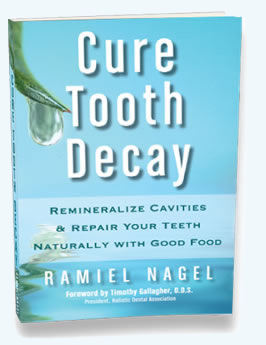


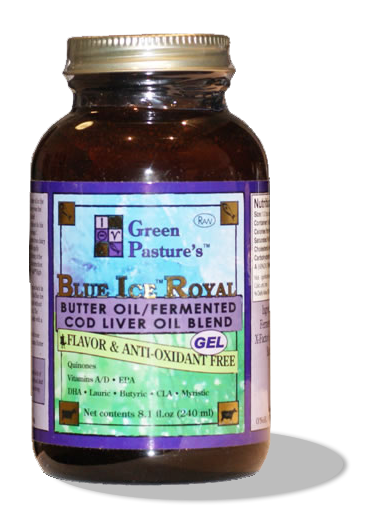
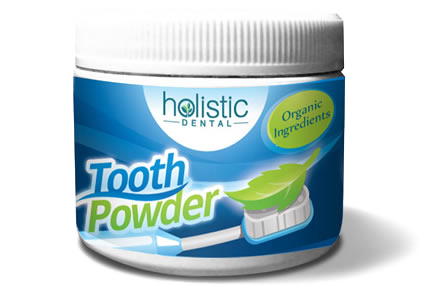
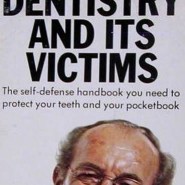 The One Thing that Shocks Dentists
The One Thing that Shocks Dentists Diet Recovery: e-Book Review
Diet Recovery: e-Book Review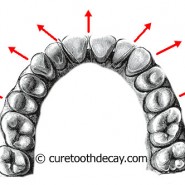 Assembly Line Orthodontics Can Damage Faces
Assembly Line Orthodontics Can Damage Faces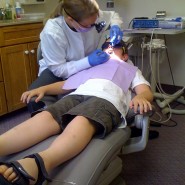 Pediatric Dentistry – Possible Inadequacies
Pediatric Dentistry – Possible Inadequacies Magical Toothpaste Too Good To Be True
Magical Toothpaste Too Good To Be True Fluoride: A Toxic Waste, Part 2
Fluoride: A Toxic Waste, Part 2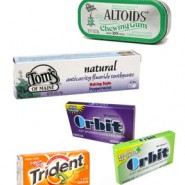 Sugar Alcohols and Tooth Decay
Sugar Alcohols and Tooth Decay Mounting Environmental Mercury Concerns – But What About Our Mouths?
Mounting Environmental Mercury Concerns – But What About Our Mouths?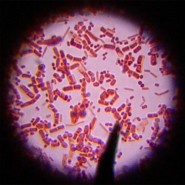 Bacteria Does Not Cause Disease – Raw Milk And Tooth Decay
Bacteria Does Not Cause Disease – Raw Milk And Tooth Decay Type 2 Diabetes Epidemic in Children; Dentistry and Tooth Decay
Type 2 Diabetes Epidemic in Children; Dentistry and Tooth Decay




10:20 pm on September 19, 2012 Permalink
Tooth decay in youth and children has been on the rise again for the first time since the 1990s. From the 1970s until the 1990s, tooth decay (dental caries) in youth and children declined.